As the global population continues to rise, balancing the demand for food and sustainability has escalated, putting pressure on the agricultural industry.
Investment in farming is crucial to meet growing demands, while also addressing challenges such as climate change, resource scarcity and technological advancements.
Agriculture has come a long way from traditional, labour-intensive practices to a technologically advanced industry.
Modern agriculture relies heavily on machinery, equipment, technology and infrastructure to increase productivity and efficiency. Capital farm investment refers to the allocation of financial resources to acquire, upgrade or maintain these assets.
Investment within the industry looks very different from farm to farm. However, the principles to consider are broadly similar.
It’s often wise to consult with your financial and agricultural adviser to make well-informed decisions.
Investment into any business requires careful planning and budgeting, whether it be the construction of a new shed, renovating existing facilities or purchase of stock or land, effective budgeting is essential.
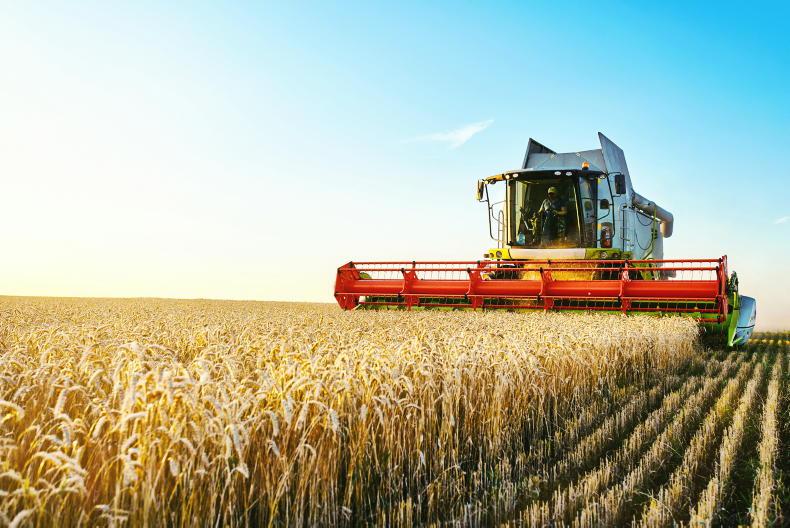
Key aspects of capital farm investment
1. Technology adoption:
Today, one of the most critical aspects of on-farm investment is the adoption of new technologies. Tools such as GPS used for fertiliser spreading and cow monitoring collars for improved cow health and fertility are just two examples of how farmers are optimising new technologies. Such technologies support farmers to make informed management decisions on their farms.
2. Machinery and equipment:
Modern farm machinery and equipment are another important investment to many farmers. Equipment such as automatic drafting gates and automatic calf feeding not only saves time and labour, but also ensures that farming activities are carried out efficiently.
3. Infrastructure development:
Capital investments also encompass infrastructure development. This includes building and maintaining structures such as slatted sheds, milking parlours and nutrient storage facilities. Proper infrastructure protects the environment and allows for those vital nutrients to be recycled back to the land the following spring.
AIB agri adviser Kelly Lyons outlines some of the trends within the industry.
"At AIB, we are seeing strong demand for credit, particularly for land and farm buildings and infrastructure, the latter due to the new TAMS lll grant aid.
"We expect the level of farm investment activity to remain largely buoyant in the months ahead, notwithstanding the market challenges in some sectors.’’
Building infrastructure on a farm is a substantial investment that requires careful planning and budgeting. Accurate budgeting, especially in today's economy, will ensure your farm development proceeds smoothly without causing financial strain on the business.
Steps to budgeting investment on the farm:
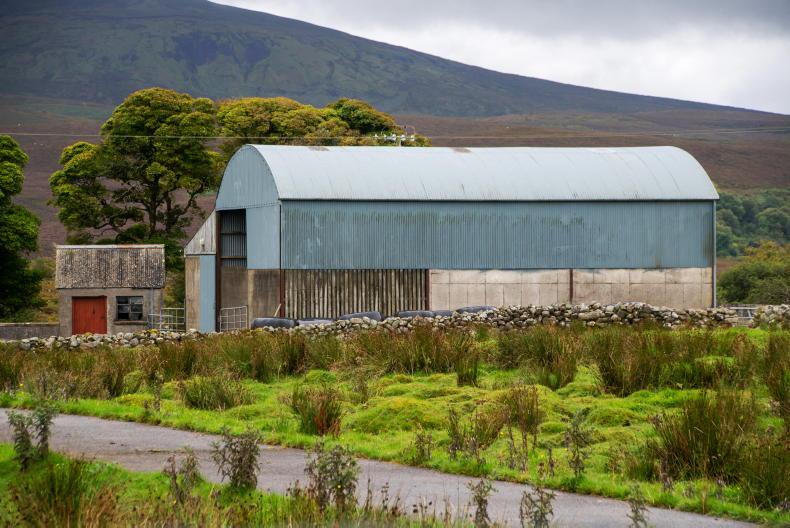
1. Establish a budget:
It’s important to research the cost of the investment. Consider obtaining quotes from multiple contractors or suppliers. Update your expenses to ensure the investment remains within budget.
2. Project timeline:
Create a realistic timeline for the project. Delays can increase costs, so it is essential to account for the availability of labour and materials when setting the timeline.
3. Finance options:
It’s important to be realistic with costs and whether finance is needed. Will you use existing savings, take out a loan or make use of available grants? It’s important to seek advice from your agri or financial adviser to ensure the investment doesn’t put pressure on farm cashflow.
Budgeting for investment on the farm is a critical aspect of any project. Establishing a budget, a realistic timeline and a finance option that suits your business will help ensure the project proceeds smoothly.
Contingency planning
In the unpredictable world of agriculture, it’s essential to prepare for unforeseen challenges, whether it be a drop in milk or beef price or poor crop yields. A well thought-out contingency plan involves identifying potential risks and factoring in an overall contingency cost for the build, typically between 10% and 15% when completing your budget.
Benefits of capital farm investment
Capital farm investment yields a multitude of benefits for the agricultural sector. It enhances productivity, ensuring that more food is produced with fewer resources. This efficiency leads to resource conservation. Moreover, such investments stimulate economic growth by creating jobs and supporting rural development. They also promote environmental sustainability by encouraging practices that protect and conserve soil, protect biodiversity and reduce greenhouse gas emissions.
Capital farm investment is a key pillar to support progress in the agricultural sector, underpinning its growth and sustainability. Successful capital farm investment requires careful planning, including effective budgeting to help ensure projects proceed smoothly. Additionally, having a contingency plan in place is essential, safeguarding against unforeseen challenges and promoting a sustainable, resilient future for the sector is vital. In embracing these principles and practices, we foster economic growth, rural development, and environmental preservation, ultimately ensuring a thriving agricultural landscape for generations to come.
If you’d like more information on AIB’s products, please see AIB’s agricultural webpage or contact one of AIB’s agricultural advisers in your area.
Allied Irish Banks plc is regulated by the Central Bank of Ireland.
As the global population continues to rise, balancing the demand for food and sustainability has escalated, putting pressure on the agricultural industry.
Investment in farming is crucial to meet growing demands, while also addressing challenges such as climate change, resource scarcity and technological advancements.
Agriculture has come a long way from traditional, labour-intensive practices to a technologically advanced industry.
Modern agriculture relies heavily on machinery, equipment, technology and infrastructure to increase productivity and efficiency. Capital farm investment refers to the allocation of financial resources to acquire, upgrade or maintain these assets.
Investment within the industry looks very different from farm to farm. However, the principles to consider are broadly similar.
It’s often wise to consult with your financial and agricultural adviser to make well-informed decisions.
Investment into any business requires careful planning and budgeting, whether it be the construction of a new shed, renovating existing facilities or purchase of stock or land, effective budgeting is essential.

Key aspects of capital farm investment
1. Technology adoption:
Today, one of the most critical aspects of on-farm investment is the adoption of new technologies. Tools such as GPS used for fertiliser spreading and cow monitoring collars for improved cow health and fertility are just two examples of how farmers are optimising new technologies. Such technologies support farmers to make informed management decisions on their farms.
2. Machinery and equipment:
Modern farm machinery and equipment are another important investment to many farmers. Equipment such as automatic drafting gates and automatic calf feeding not only saves time and labour, but also ensures that farming activities are carried out efficiently.
3. Infrastructure development:
Capital investments also encompass infrastructure development. This includes building and maintaining structures such as slatted sheds, milking parlours and nutrient storage facilities. Proper infrastructure protects the environment and allows for those vital nutrients to be recycled back to the land the following spring.
AIB agri adviser Kelly Lyons outlines some of the trends within the industry.
"At AIB, we are seeing strong demand for credit, particularly for land and farm buildings and infrastructure, the latter due to the new TAMS lll grant aid.
"We expect the level of farm investment activity to remain largely buoyant in the months ahead, notwithstanding the market challenges in some sectors.’’
Building infrastructure on a farm is a substantial investment that requires careful planning and budgeting. Accurate budgeting, especially in today's economy, will ensure your farm development proceeds smoothly without causing financial strain on the business.
Steps to budgeting investment on the farm:

1. Establish a budget:
It’s important to research the cost of the investment. Consider obtaining quotes from multiple contractors or suppliers. Update your expenses to ensure the investment remains within budget.
2. Project timeline:
Create a realistic timeline for the project. Delays can increase costs, so it is essential to account for the availability of labour and materials when setting the timeline.
3. Finance options:
It’s important to be realistic with costs and whether finance is needed. Will you use existing savings, take out a loan or make use of available grants? It’s important to seek advice from your agri or financial adviser to ensure the investment doesn’t put pressure on farm cashflow.
Budgeting for investment on the farm is a critical aspect of any project. Establishing a budget, a realistic timeline and a finance option that suits your business will help ensure the project proceeds smoothly.
Contingency planning
In the unpredictable world of agriculture, it’s essential to prepare for unforeseen challenges, whether it be a drop in milk or beef price or poor crop yields. A well thought-out contingency plan involves identifying potential risks and factoring in an overall contingency cost for the build, typically between 10% and 15% when completing your budget.
Benefits of capital farm investment
Capital farm investment yields a multitude of benefits for the agricultural sector. It enhances productivity, ensuring that more food is produced with fewer resources. This efficiency leads to resource conservation. Moreover, such investments stimulate economic growth by creating jobs and supporting rural development. They also promote environmental sustainability by encouraging practices that protect and conserve soil, protect biodiversity and reduce greenhouse gas emissions.
Capital farm investment is a key pillar to support progress in the agricultural sector, underpinning its growth and sustainability. Successful capital farm investment requires careful planning, including effective budgeting to help ensure projects proceed smoothly. Additionally, having a contingency plan in place is essential, safeguarding against unforeseen challenges and promoting a sustainable, resilient future for the sector is vital. In embracing these principles and practices, we foster economic growth, rural development, and environmental preservation, ultimately ensuring a thriving agricultural landscape for generations to come.
If you’d like more information on AIB’s products, please see AIB’s agricultural webpage or contact one of AIB’s agricultural advisers in your area.
Allied Irish Banks plc is regulated by the Central Bank of Ireland.






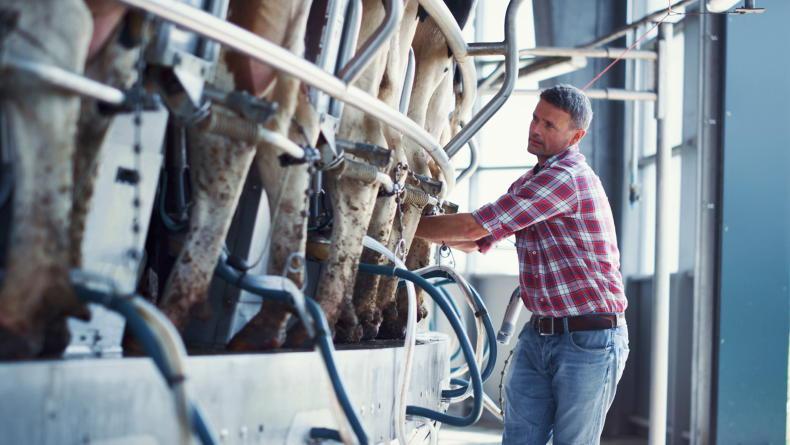
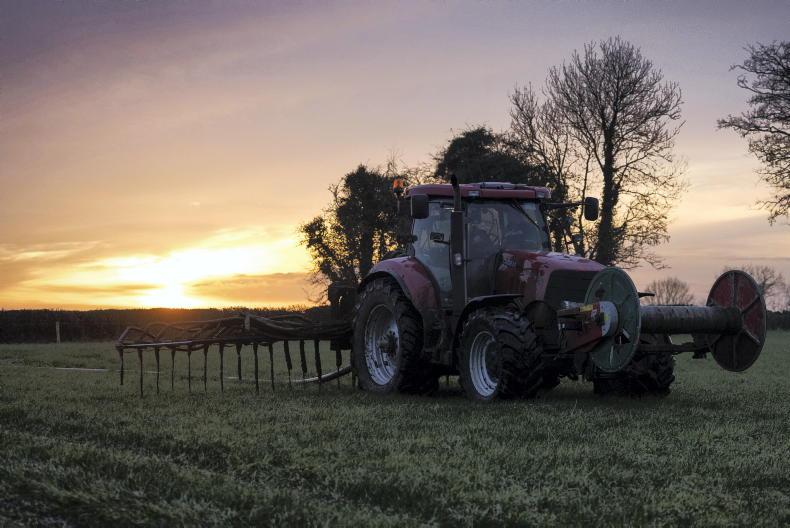

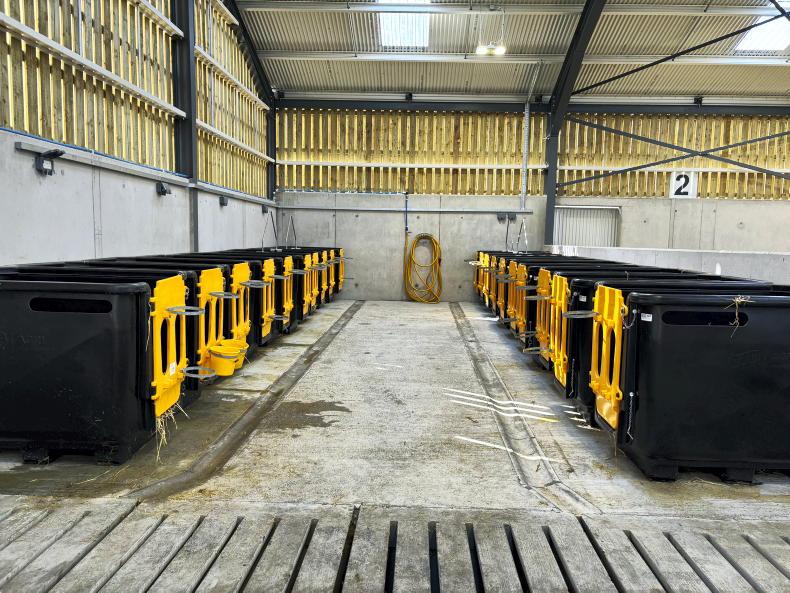
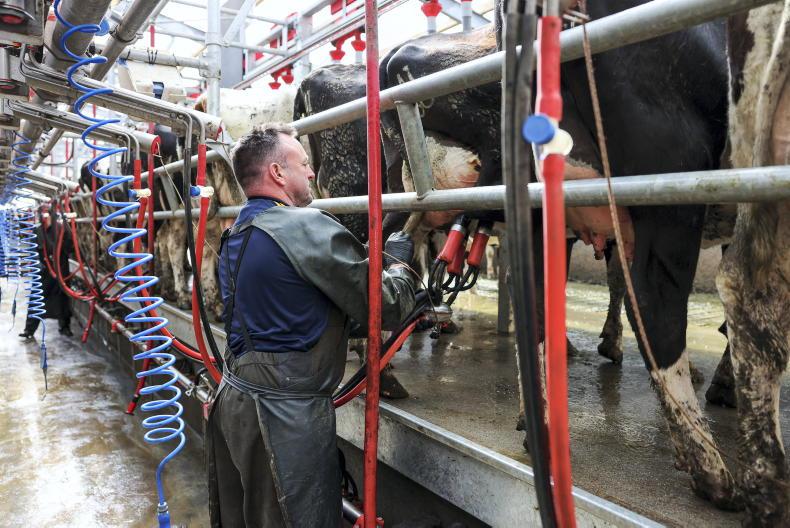
SHARING OPTIONS